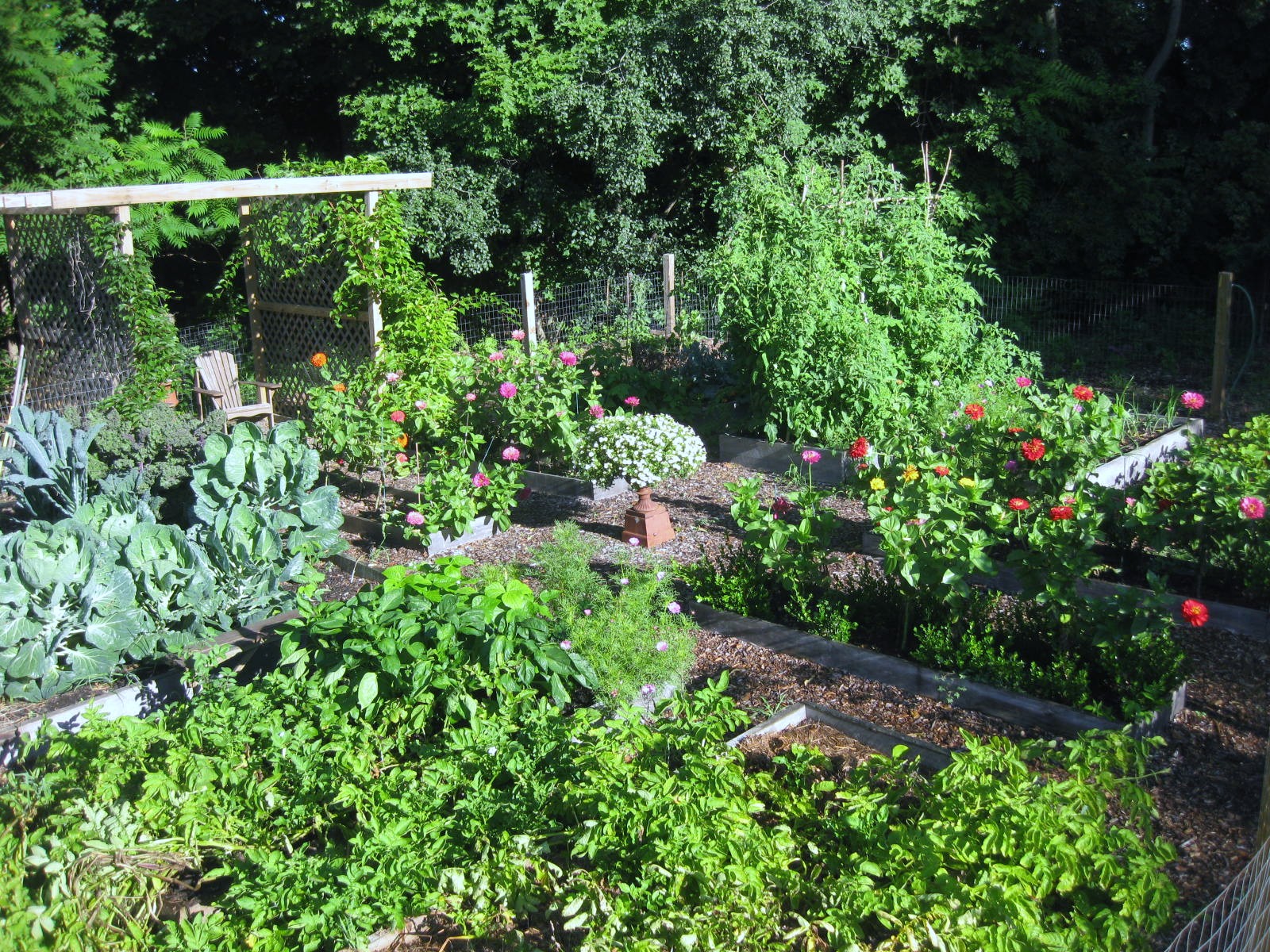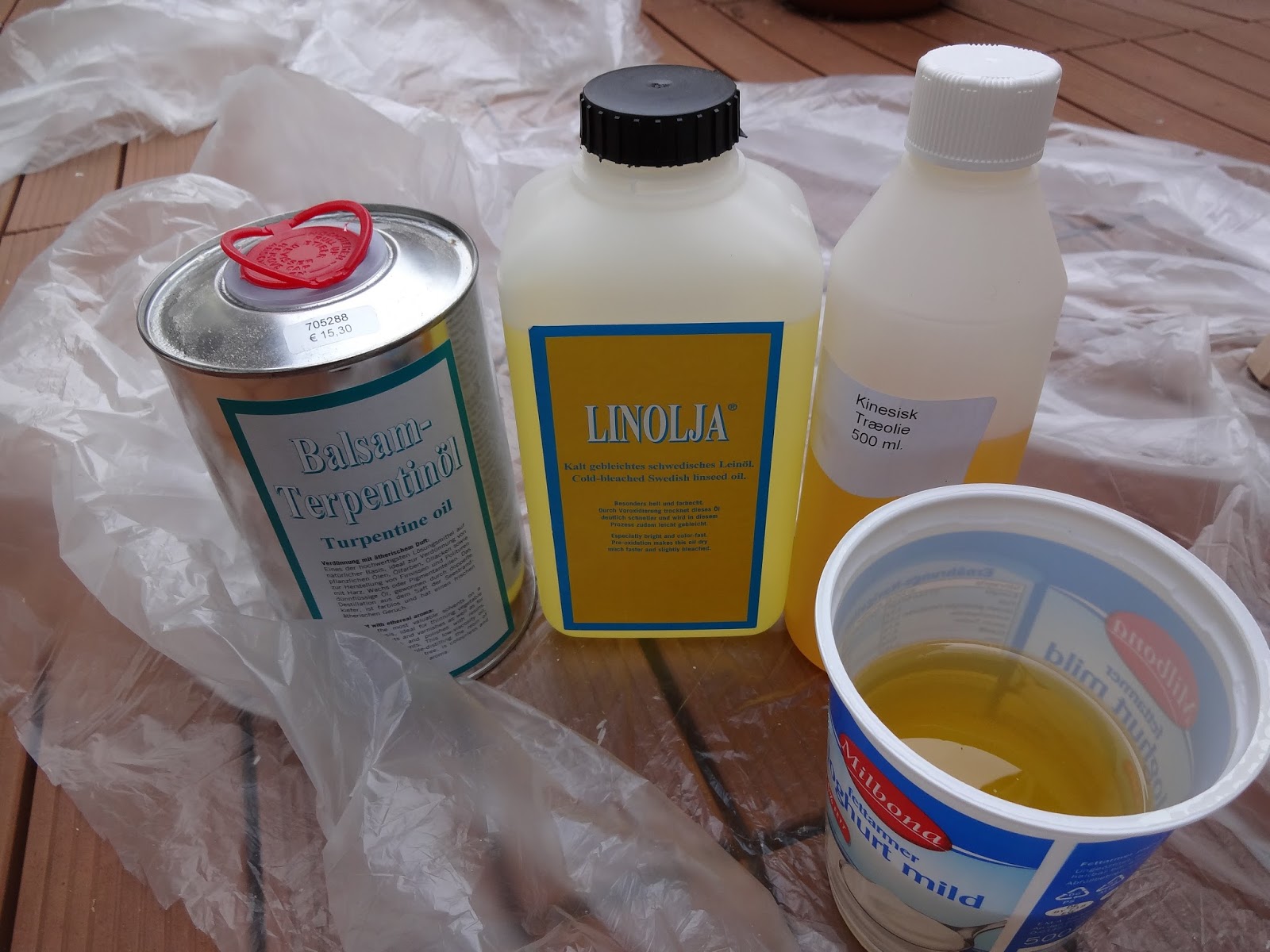How To Protect Your Raised Beds With Linseed Oil In Seconds
Title: How to Protect Your Raised Beds with Linseed Oil in Seconds
Introduction:
Raised beds are a great way to grow vegetables, flowers, and herbs. They can also add a touch of beauty to your yard or garden. However, over time, the wood in your raised beds can start to weather and decay. This can lead to cracks, splinters, and other problems.
One way to protect your raised beds is to apply linseed oil. Linseed oil is a natural oil that is extracted from flaxseeds. It has been used for centuries to protect wood from the elements. Linseed oil is also non-toxic and safe for use around food.
In this blog post, I will show you how to protect your raised beds with linseed oil in just a few minutes.
Main Content:
Step 1: Gather your supplies.
You will need the following supplies:
- Linseed oil
- A paintbrush or roller
- A clean cloth
- Safety glasses
- Gloves
Step 2: Prepare the wood.
The wood in your raised beds should be clean and dry before you apply the linseed oil. If the wood is dirty, you can clean it with a mild soap and water solution. Once the wood is clean, let it dry completely.
Step 3: Apply the linseed oil.
Apply the linseed oil to the wood in a thin, even coat. You can use a paintbrush or roller to apply the oil. Be sure to get into all the nooks and crannies.
Step 4: Let the linseed oil dry.
The linseed oil will need to dry for several hours, or even overnight. Once the linseed oil is dry, you can apply a second coat.
Step 5: Enjoy your protected raised beds!
Your raised beds are now protected from the elements. They will last longer and look better than ever.
Conclusion:
Protecting your raised beds with linseed oil is a simple and effective way to extend their lifespan. It is also a non-toxic and safe method that is easy to do yourself.
Here are some additional tips for protecting your raised beds with linseed oil:
- Use a high-quality linseed oil.
- Apply the linseed oil in a thin, even coat.
- Let the linseed oil dry completely between coats.
- Reapply the linseed oil every few years.
With a little care and maintenance, your raised beds will last for many years to come.
Linseed oil is a natural wood preservative that can help extend the life of your raised beds. It is also non-toxic and safe for use around plants. If you are looking for a way to protect your raised beds from the elements, linseed oil is a great option.
To learn more about how to use linseed oil on raised beds, please visit Home Gardening. This website provides detailed instructions on how to apply linseed oil, as well as tips for choosing the right type of oil for your needs.
FAQ of linseed oil for raised beds
- What is linseed oil?
Linseed oil is a natural oil extracted from the seeds of the flax plant. It is a clear, golden-yellow liquid that is commonly used in wood finishing, as it helps to protect the wood from moisture and rot.
- Why use linseed oil on raised beds?
There are several reasons why you might want to use linseed oil on your raised beds. First, it can help to extend the life of your beds by protecting the wood from the elements. Second, it can help to prevent the wood from rotting, which can contaminate your soil and your plants. Third, it can give your beds a natural, rustic look.
- What type of linseed oil should I use for raised beds?
There are two main types of linseed oil: raw linseed oil and boiled linseed oil. Raw linseed oil is the more natural option, but it takes longer to dry. Boiled linseed oil has been chemically treated to speed up the drying time, but it contains some toxic additives that can leach into the soil. For raised beds, it is best to use raw linseed oil.
- How do I apply linseed oil to raised beds?
The best way to apply linseed oil to raised beds is to use a paintbrush or a roller. Start by cleaning the wood with a mild soap and water solution. Then, apply the linseed oil in thin, even coats. Allow each coat to dry completely before applying the next coat. You may need to apply 2-3 coats of linseed oil to achieve the desired level of protection.
- How long does linseed oil take to dry?
Raw linseed oil can take several days to dry completely. Boiled linseed oil dries more quickly, but it still takes several hours. To speed up the drying time, you can apply the linseed oil in warm, dry conditions.
- Is linseed oil safe for raised beds?
Yes, linseed oil is safe for raised beds. It is a natural product that will not leach into the soil or contaminate your plants. However, it is important to use raw linseed oil, as boiled linseed oil contains toxic additives.
Image of linseed oil for raised beds
- A wooden raised bed with a coat of linseed oil. The wood is a deep brown color and has a glossy finish.

- A close-up of the linseed oil on the wood. The oil is a clear liquid with a slightly yellow tint.

- A raised bed that is still in the process of being oiled. The wood is a lighter brown color and has a matte finish.

- A pile of linseed oil in a bucket. The oil is a clear liquid and the bucket is made of wood.
- A person applying linseed oil to a raised bed. The person is wearing gloves and is using a brush to apply the oil.

- A raised bed that has been oiled for several months. The wood is a dark brown color and has a weathered appearance.

- A raised bed that is surrounded by plants. The plants are healthy and green, and the wood of the raised bed is a dark brown color.

- A close-up of the leaves of a plant that is growing in a linseed-oiled raised bed. The leaves are a deep green color and they are free of pests or diseases.

- A person harvesting vegetables from a linseed-oiled raised bed. The vegetables are healthy and ripe, and the wood of the raised bed is a dark brown color.

- A bird sitting on a linseed-oiled raised bed. The bird is a robin and it is singing.


Post a Comment for "How To Protect Your Raised Beds With Linseed Oil In Seconds"